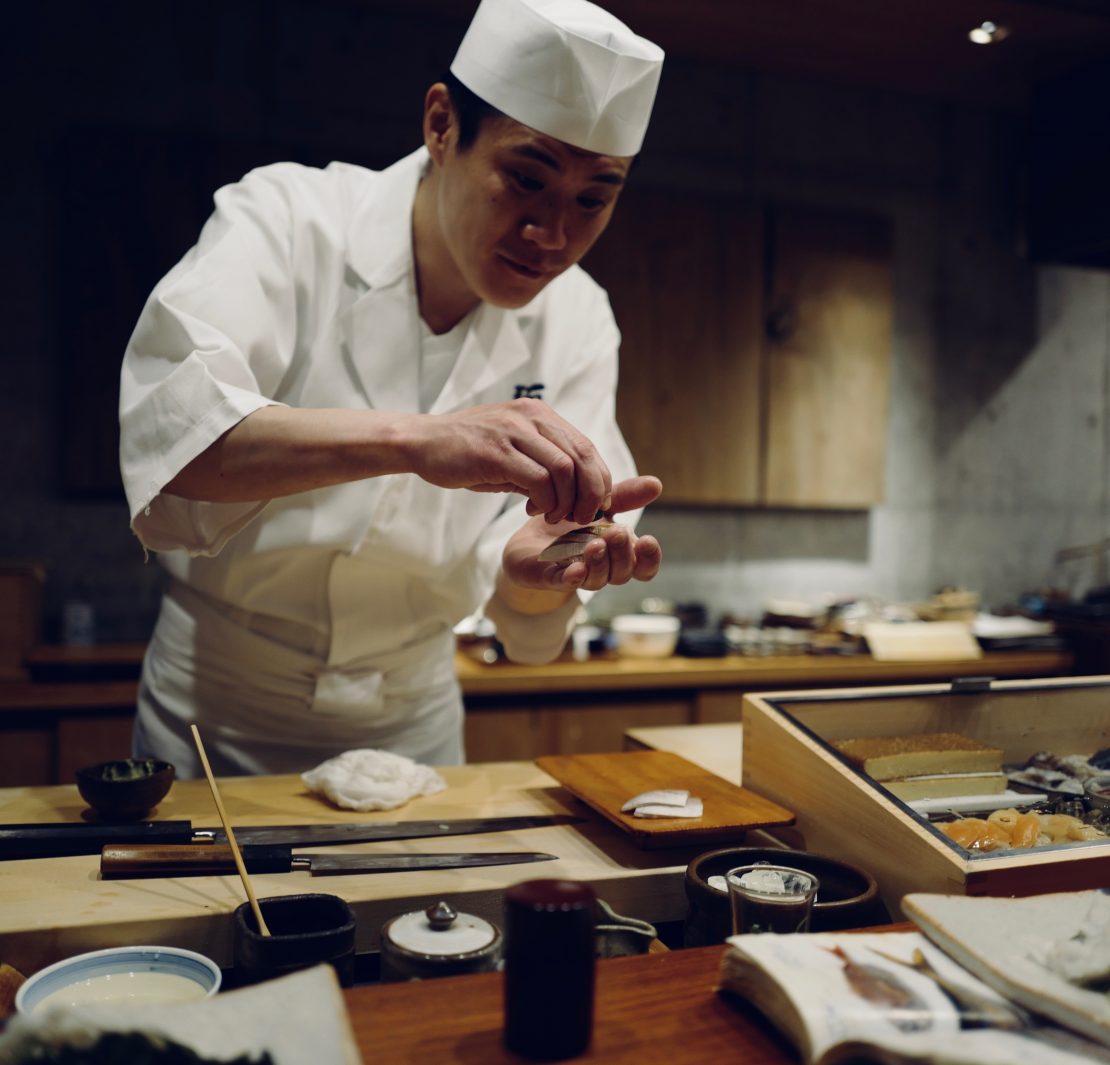I’m a Japanese food-lover myself, but it was just recently that I learned about the right etiquette when eating. If you want to start eating Japanese food like a pro, take note of the following do’s and don’ts.
It’s OK to slurp your ramen
While many of us believe that slurping your food is impolite, Japanese chefs see this as a form of respect because it shows that you appreciate the food. The slurping also helps cool the noodles so you won’t burn your mouth.
Don’t drown nigiri in soy sauce
Soaking the sushi in soy sauce will rip off its freshness and flavor. The best way to eat nigiri sushi (besides taking it all in one bite) is to dip it upside-down to get just the right amount of soy sauce on the fish.

Mixing wasabi and soy sauce is a no-no
Generally, don’t put wasabi in soy sauce. If you need to add wasabi, put it on the sushi. But if you really, really feel the need to put wasabi in your soy sauce, only put a small amount because doing so could insult or offend the chef.
Don’t pour your own sake
In Japan, it is customary to serve each other instead of pouring your own drink. It brings a sense of occasion and unity within the group. Fact: For the sake, usually it’s also the youngest or lowest-ranking person in the group that pours for everyone. Also when toasting, the eldest or most senior person holds their glass at the highest position. Kampai!
Never EVER place your chopsticks vertically into a rice bowl
I learned this the hard way when I was out eating at a Japanese restaurant one time. The chef gave me a weird look when he saw me place my chopsticks in an upright position into my meal. That’s when my friend said to never do it again because it’s considered incredibly taboo and reminds the Japanese of funerals. The act is called tsukitate-bashi, where a bowl of rice is left with two chopsticks standing vertically in the center.
Photos courtesy of Unsplash
Read more:
Yushoken and Mendokoro owner opens Japanese concept in a Mazda dealership
This is what you get when a Japanese chef knocks on your door
The most important element of Japanese cooking isn’t actually cooking
Writer: BEA LLAGAS




